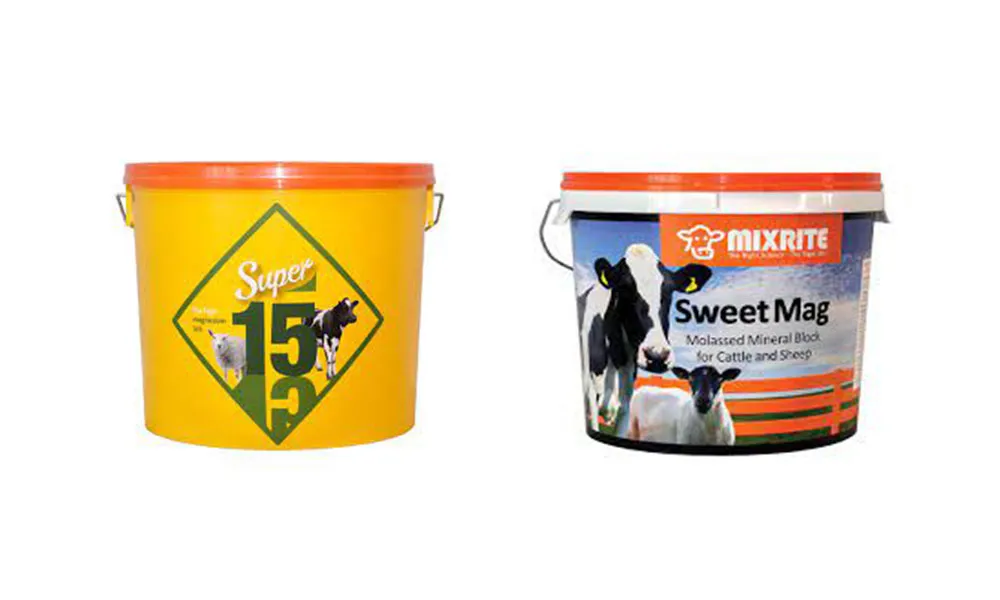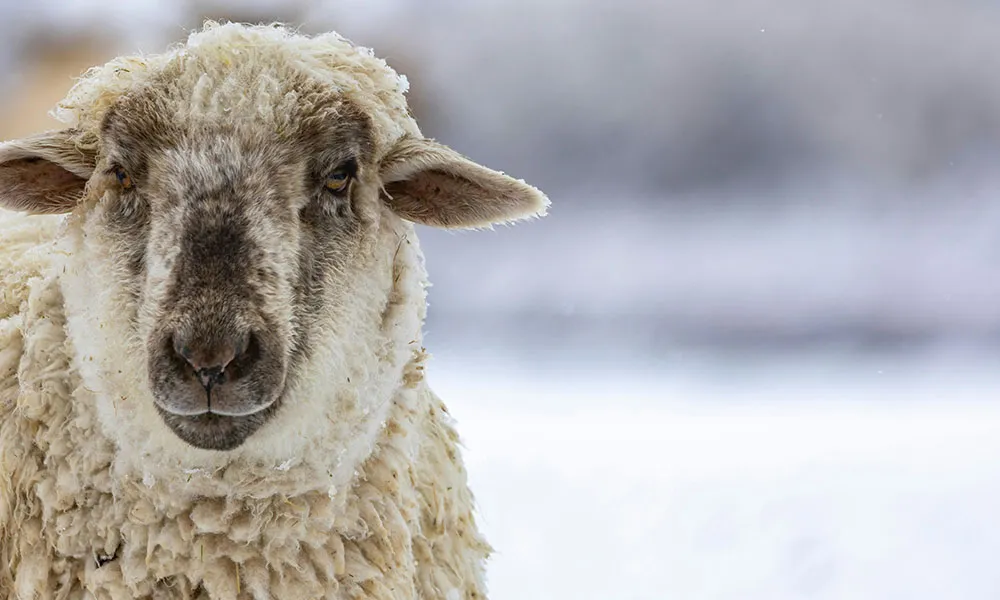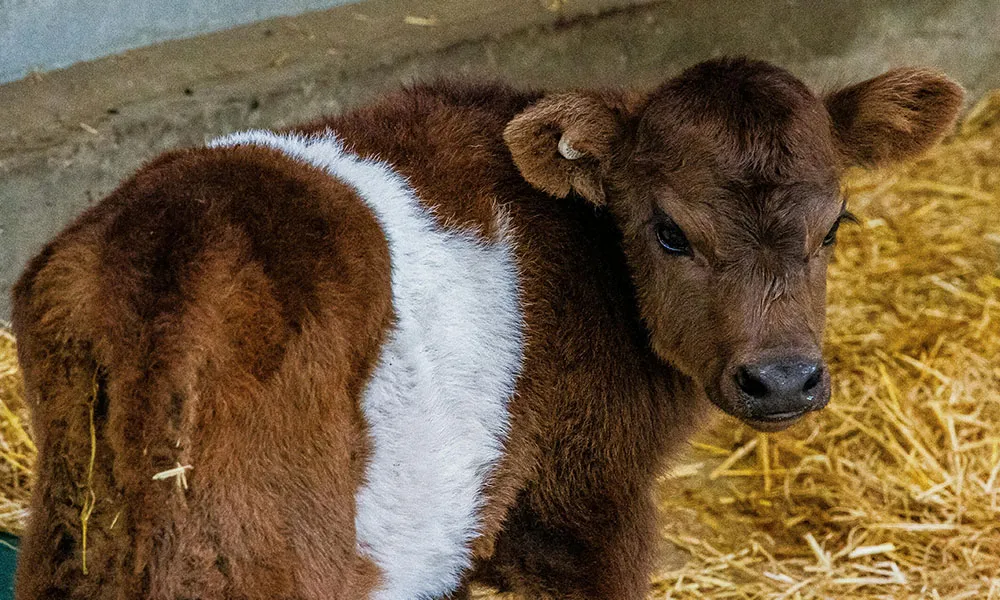
A Hidden Menace?
Putting ewes onto grass at the end of lambing is a rewarding moment in the sheep farmer’s calendar. With any luck, this will be an opportunity to enjoy the fruits of our labours over the previous weeks. It is always a joy to see new lambs racing and skipping around on spring pasture.
But such idyllic scenes may bely a hidden menace. Grass tetany is a metabolic disease that strikes many lactating ewes during the spring months as they are turned onto fresh spring grass. If contracted, the disease is serious and potentially fatal. Indeed, if it goes unnoticed for any length of time, it is likely to kill the affected animal.
What causes grass tetany?
Tetany, also knows as hypomagnesaemia, is caused by a lack of magnesium in the ewe’s blood. The primary cause of the disease is the low nutritional value of fast-growing spring grass, which may contain very little magnesium for the ewes to absorb. Recent reseeding, very high applications of nitrogen and high rainfall can exacerbate nutritional shortfalls in grass, so farmers should always be wary of grazing ewes when these factors are also at play.
Lactating ewes are particularly vulnerable because these animals are already under some physical stress. The common symptoms of a ewe that has come down with tetany include restlessness, twitching and staggering. As the disease progresses, the ewe will be unable to stay on her feet. She will lie on her side, suffering from severe muscle tremors. If the animal reaches this state, she is unlikely to recover and death will quickly ensue.
If you suspect that a ewe is suffering from grass tetany, you should contact your veterinarian immediately. She will need to be given a liquid magnesium injection as quickly as possible.
Preventing grass tetany
Fortunately, it is quite easy to prevent animals from contracting grass tetany. The key is to ensure that vulnerable animals are receiving an adequate supply of magnesium in their diet. At this time of year, this will usually mean supplementation. There are several ways of getting magnesium into lactating ewes, but the most popular include the following:
Mineral buckets
Mineral buckets containing high levels of magnesium are widely used by sheep farmers at this time of year. By placing an open bucket near feed troughs, you can encourage sheep to use the bucket. One way of enticing ewes to avail of the bucket is to shake a fistful of nuts onto the top of the lick. Mineral licks like Mixrite Sweet Mag or Super Mag 15% are very effective at preventing the onset of tetany.
Ewes that develop a taste for the bucket will be protected against grass tetany. However, the mineral bucket is not a fail-safe approach. Some ewes never get the hang of using it, and these animals will remain at risk of hypomagnesaemia.
Boluses
For the above reasons, you may also wish to supplement with boluses or dusting. Among boluses, Agrimin’s 24/7 Magnesium Bullet is an outstanding option. This product, and other similar boluses, offers a sustained release. In addition to high levels of magnesium, the 24/7 bolus also contains the copper and aluminium that lactating ewes need to thrive.
Feed dusting
Magnesium can also be introduced to the ewe’s diet by dusting a magnesium supplement on feed. If supplementing in this way, ewes should receive about 10 grams of the dust per head per day, in line with the manufacturer’s instructions.
While some people supplement by treating drinking water with magnesium, this is not recommended for sheep. Sheep do not drink water as regularly as cattle, nor do they drink in the same volumes. Therefore, you can’t be sure that they will get the magnesium they need from drinking.












